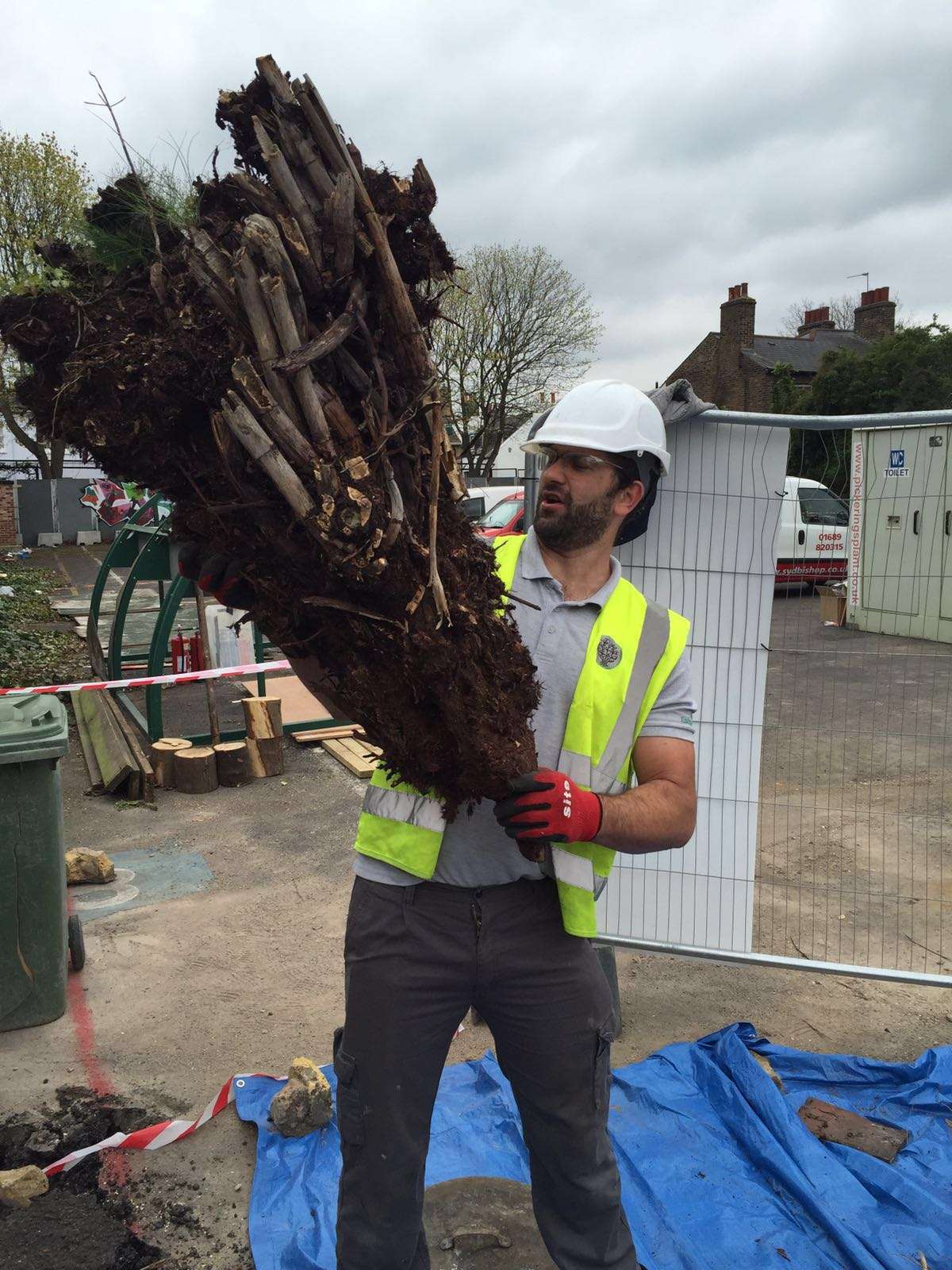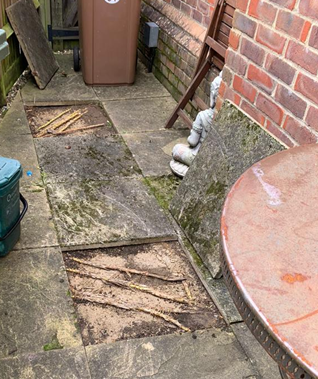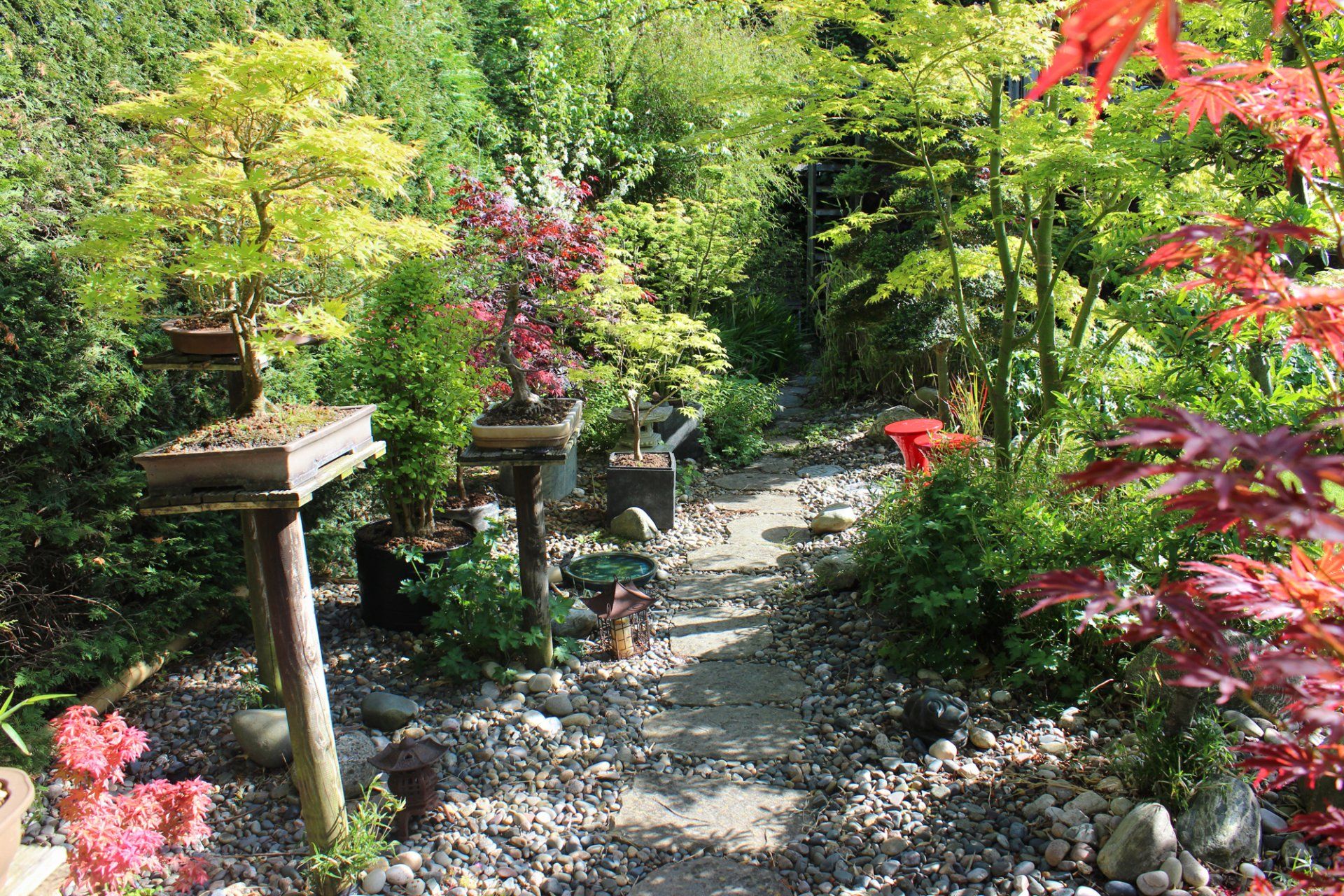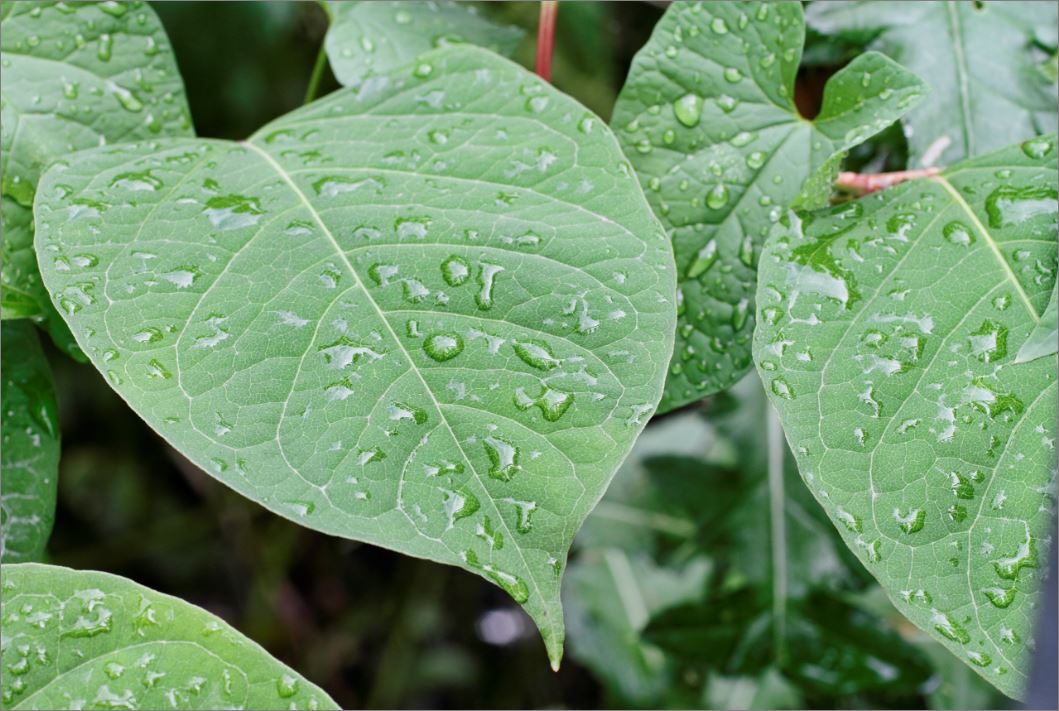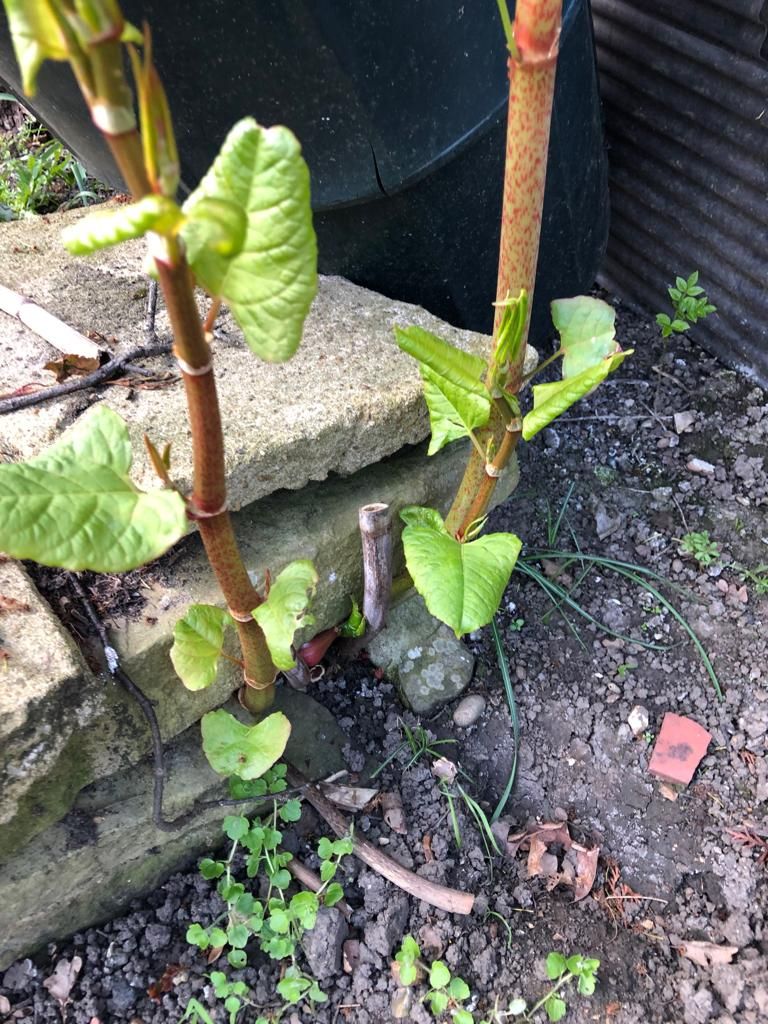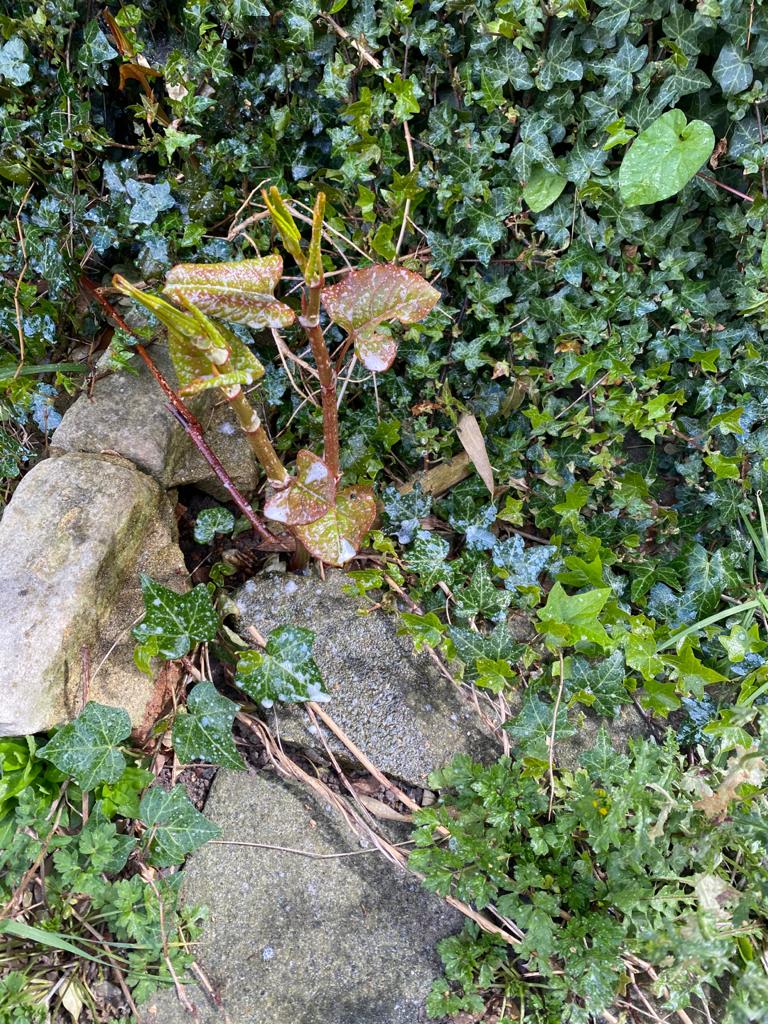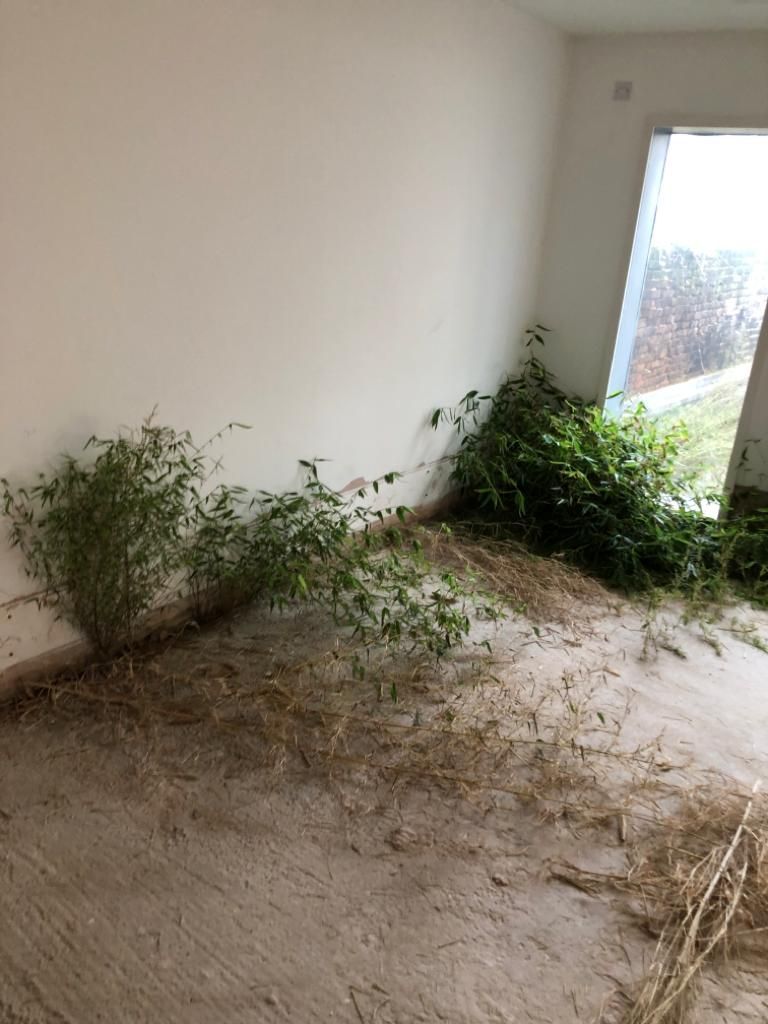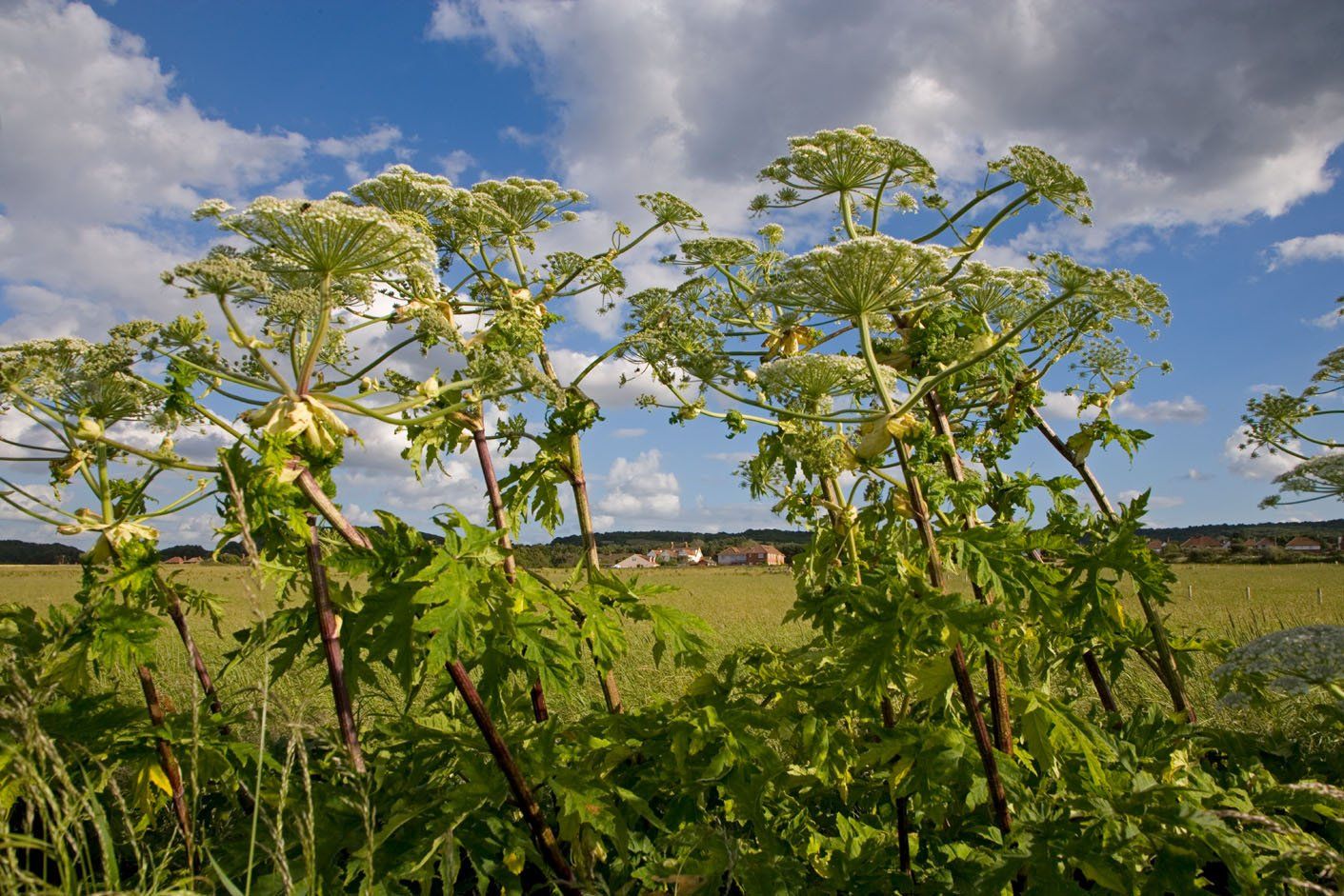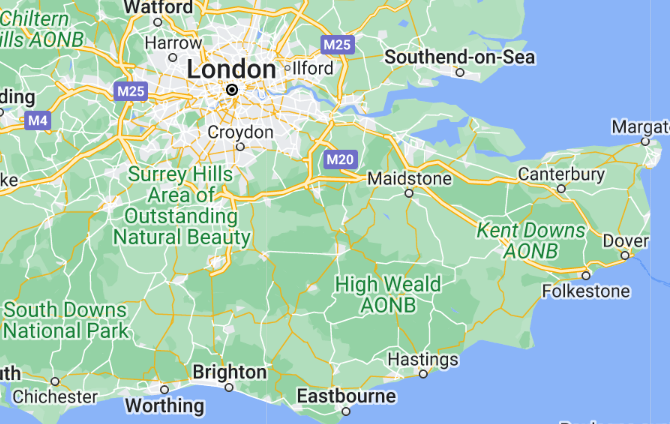What Does Japanese Knotweed Removal Involve?
Japanese knotweed is very difficult to get rid of and is known for being extremely invasive. Simply cutting it or pulling it out won’t kill the plant off and it comes back year after year, even if it appears to have died over the winter. So, what does knotweed eradication involve?
What is Japanese Knotweed?
Originally, Japanese knotweed was brought to Britain as a pretty garden plant that was used to decorate. It’s non-native to the country and it rapidly became evident that it was more invasive than anyone anticipated.
This plant is similar to bamboo in that it grows very fast and forms canes with nodes going along them. Each cane is flecked with purple, which distinguishes Japanese knotweed from other weeds, and they grow heart-shaped leaves from branches that emerge from each node. The dense canes die back each winter, though the dead canes remain. However, they grow from rhizomes that spread deep underground and are nearly impossible to eradicate.
In early autumn, flower tassels form and produce lovely white flowers that can grow up to 15 cm long.
Every summer, the stems grow up from the rhizomes again, spreading further each year. It’s very difficult to control the growth unless the plant is in a pot or enclosed with special underground barriers.
It’s a good idea to have a professional identify the plant you’re dealing with, as there are several other plants that look similar. These include:
● Russian vine (Fallopia baldschuanica)
● Himalayan honeysuckle
● Houttuynia cordata
● Red Dragon (Persicaria microcephala)
You need to correctly identify the plant you intend to remove in order to use the correct removal methods on it.
Japanese Knotweed Treatment and Removal Methods
There are a few different methods to eliminate Japanese Knotweed, but it can take years to eliminate it on your own. Ideally, you’ll want to contact a Japanese knotweed specialist who will have the tools and the expertise to eliminate the weed from your garden.
Excavation and On-site Treatment
One method of getting rid of the knotweed is to dig it up. Since the weed can regrow from a small bit of the rhizome, you must get every last bit of the root. Anything that is left will result in another cane growing and more rhizomes spreading.
Once you’ve dug up as much as possible, you’ll need to treat the area. Glyphosate is commonly used to kill off the roots, but it needs to be applied twice a year for up to four years in order to eliminate it completely.
Dig & Dump
This method involves digging up any soil that could contain the Japanese knotweed rhizome. All the soil is dumped into a large lorry and taken to a licensed landfill for disposal. It is a difficult and expensive process, as you need to scoop out all the dirt around the area where the plants were growing, and this soil will need to be replaced.
You’ll also need to pay landfill tax. If doing this method yourself, you’ll end up digging more than is necessary and paying extra to haul it away. Instead, you should consider hiring an expert. They’ll know exactly where to dig and can minimize the amount of soil that is dug up.
Stem Injection
If you wish to kill the Japanese knotweed without killing surrounding plants, you may try injecting concentrated glyphosate directly into the canes. This must be done to each cane that has grown up and requires special equipment.
An injection is a method most commonly used by professionals in residential areas. It prevents endangering other plants in the area, as well as local wildlife. It is a much safer method of removing the weed without poisoning the area around it. This method also helps prevent water contamination.
Foliar Application
A common method of trying to kill Japanese knotweed is through applying the chemical weed killer, usually glyphosate, to the plant. The best way to manage this is to cut the canes off close to the ground and apply the glyphosate immediately to the cut stems. Leave it for at least a week before pulling the canes out of the ground. During this week, the chemical will reach down to the rhizomes and work on killing them, too. However, this method takes a long time to work.
You’ll need to keep cutting the canes back throughout the summer and apply the weed killer again later in the year. This can take up to four growing seasons to eliminate the weeds. Most people do not have the patience for this, which is why they call in the experts.
Knotweed Disposal: Ensuring It Won’t Come Back
Japanese Knotweed Disposal is complicated, because it’s an offence to allow Japanese knotweed to grow outside the garden. Since it can grow up from even tiny bits of the rhizomes, you can’t simply throw away the rhizomes after pulling them up. This is all in accordance with Schedule 9 of the Wildlife and Countryside Act 1981.
If you’re selling property, you need to be sure that there is no Japanese knotweed on it. If buying, you may not be able to get a loan until a professional company has destroyed all evidence of the plant and provided a transferable guarantee.
Once you have taken the knotweed out, it is considered controlled waste. This means it can only be disposed of at licensed landfills. Alternatively, you can destroy it on site. The most common method is to allow the plant to dry and then burn it. By burning the canes and the rhizomes, you eliminate the possibility that it could reproduce again. The fire will completely destroy it.
Another option is to dig up the dirt as mentioned in the previous section. However, this is expensive and causes a lot of damage to the garden area. You’ll likely want to prevent losing large amounts of soil, so other methods of knotweed disposal might be better suited for you.
Finally, you may choose to bury the rhizomes. This will likely result in them growing back, but you can place a special barrier around the roots that prevent them from spreading. This means you’ll have a patch of the weed for decoration, without the need of removing it again. This option works if you enjoy the look of knotweed, but don’t want it to take over the entire garden.
How to Find a Japanese Knotweed Specialist Near Me
While many gardeners will attempt knotweed eradication on their own, it’s just not as simple as you might expect. It requires hours of hard work to eliminate this noxious weed and it can be a frustrating process. You may need to repeat the Japanese knotweed treatment, again and again, to eliminate the weed at last.
Hiring professionals is essential if you truly want to be rid of the knotweed. Keep in mind that if you are buying or selling a home that has knotweed, it needs to be completely eradicated and guaranteed that it will stay gone.
Japanese knotweed removal cost will vary depending on how extensive the weed situation is and the type of knotweed eradication and disposal method is used. In most cases, the expert will need to return several times to treat the area. Japanese knotweed treatment is not a fast process, so be patient and trust that the specialist knows what to do.
If you know of other people who have had issues with this weed, they may be able to recommend someone. Your real estate agent may also have contacts. Of course, you can always search for a “Japanese knotweed specialist near me” to get local contacts. In the end, you want someone with a provable record of removing the weed. They should also provide a guarantee that the weed will stay gone, else they’ll return to fix the problem.
You’ll find that it is much better to hire someone who does this for a living. They’re far more experienced and know exactly what works and what doesn’t. They’ll also be able to work faster than you can.
Do you need a Japanese knotweed removal specialist? At Gaia Environmental, we specialise in eliminating this invasive weed. Contact us now to make an appointment!


